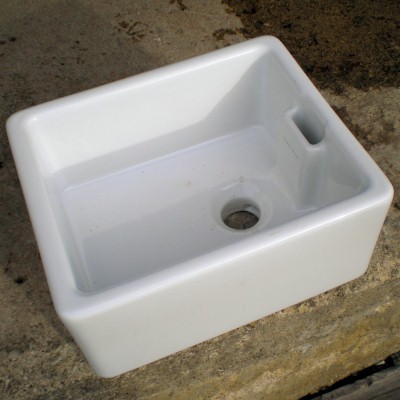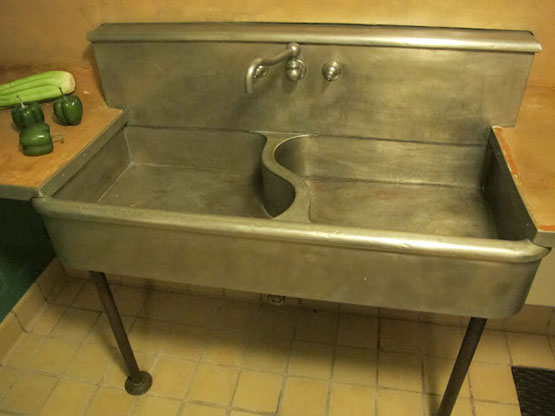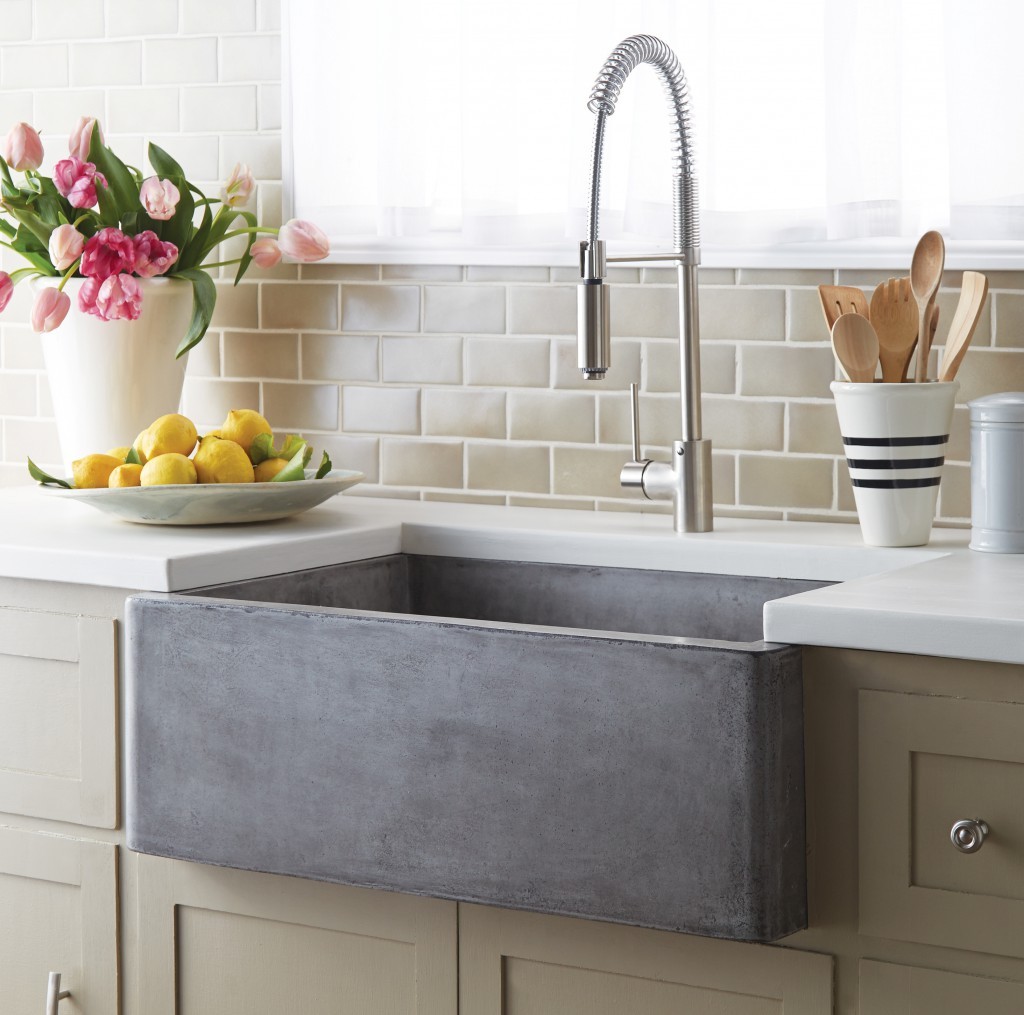The History of the Farmhouse Sink
Love Thy Farmhouse Sink
Long beloved for their visual appeal and ergonomic functionality, the farmhouse sink is a go-to choice in contemporary kitchen design. But not everyone is familiar with their favorite sink’s background. Here, we discuss the evolution of the farmhouse sink, and how it became the functional point that we know and love today.
Rural Dishpans: Farmhouse Sink’s Humble Beginnings
Not all that long ago, people had to haul water from lakes, rivers, and wells for all their water needs: washing dishes, boiling food, and cleaning their clothes. These early homes had dishpans and dry sinks, not connected to a plumbing system, so they needed to fill and drain manually. This is where the farmhouse sink came into play. Also known as apron sinks, or apron front sinks, these large kitchen basins were often present in rural homes of decades past. They were originally designed for comfort; for women who spent long hours at the sink, ergonomics were important – the apron front’s forward orientation eliminated the countertop that caused them to lean forward and strain more than necessary.
Belfast & London: Apron-Front Gains Popularity
Due to their intelligent design, apron-front sinks became quite prevalent. In Britain in the late 17th Century, two very popular and revolutionary butler sinks (apron sinks originally made for the butler’s pantry) began to find their way into the homes of the wealthy: the Belfast and the London. Each city gets it name from where the sanitation officers permitted their use, but it is the slight differences of these two apron sinks that add to the history.
The Belfast apron front sink had a larger basin so that one could even wash a small child in the sink. It was also fitted with a Weir overflow, which allowed the water to drain rather than spill over the edge of the sink if it overfilled. Belfast, Ireland had access to plentiful water sources and they weren’t concerned with over-usage. London, England, on the other hand, sat upon clay. They had to dig very deep to find clean water sources and therefore had serious issues with water usage and reclamation. To conserve water, the London apron front sink was smaller in depth and had no overflow.

Traditional Belfast Sink with weir overflow. Source: Cox Architectural
Toward the end of the 19th Century, the French Farmhouse sink, with its broad apron front, began to gain popularity for its strength and utilitarian value. These were often more refined by design, made of white clay from Limoges, France. Which is still internationally recognized for being a world-class source for porcelain. This iconic fireclay sink is still present in French-inspired country kitchens – with draped classic linen hiding the base of the cabinet.
The trend continued in the United States during the 1920s, when sinks of cast iron became all the rage. A copper and nickel alloy kitchen sink, coined the Monel, made a corrosion-resistant and lightweight kitchen sink. But soon copper and nickel became less available during WWII because those resources were important to fight the war. And so, with the modernization of American kitchens, the traditional farmhouse sink stepped aside to the standard and more affordable undermount stainless steel sink.

Monel Sink. Source: New York Social Diary
Ergonomics & Architecture: The Modern Farmhouse Sink
In this new millennium, people are again looking for function combined with form in the kitchen. This is where this basin sink comes back into play. The intrinsic design of the apron front farmhouse sink offers the user a few physical benefits that one wouldn’t find in a common kitchen sink. The exposed front allows for more internal basin space, accommodating large pots, pans, and baking sheets. It also doesn’t require one to reach over any extra countertop while washing dishes – this ergonomic benefit is even more obvious for those who spend a substantial amount of time doing kitchen prep and cleaning. Surrounding kitchen cabinets are a bit more protected because the apron front often extends past the cabinetry and any pooling water will usually drain to the floor instead of onto cabinets.

Zuma Contemporary Copper Farmhouse
Since we have re-centered our social lives around the kitchen and open floor plans have become somewhat standard, the kitchen sink is now often an architectural focal point. This evolution is apparent and timely in current kitchen design, as its traditional use and placement have now transcended into transitional and even modern designs – revived by the use of new design styles, materials, and textures. Today, concrete, stone and especially copper options are available, as upscale interpretations of the classic porcelain or fireclay model, adding a variety to enliven and differentiate today’s kitchen.
Read about the benefits of farmhouse sink design and how to create Farmhouse style in the kitchen.


